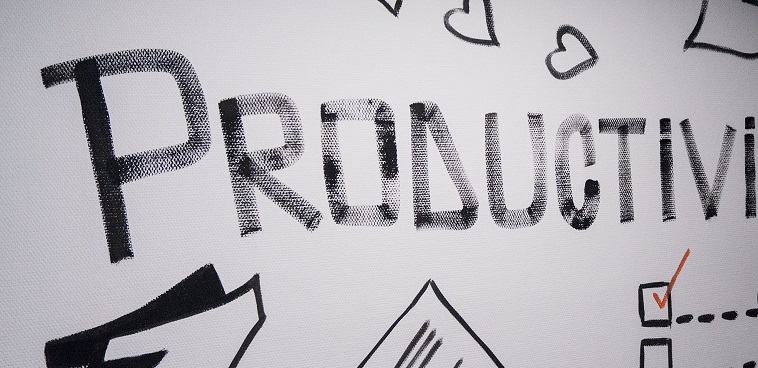Workplace productivity is a huge challenge for nearly every company, business and organization. Leaders struggle to get their own work done (and do the RIGHT work,) while also guiding, empowering and motivating their people to achieve maximal productivity. While the projections vary, estimates suggest that businesses worldwide lose hundreds of millions if not billions of dollars annually due to underproduction.
To help my clients address this important issue, I have divided the path to increased productivity into 4 steps:
- Plan it. Plan the process in advance to get really clear on task, process and outcome
- Share it. Involve others in the work through meetings, communication and delegation
- Do it. Get the work done by removing distractors and optimizing your time and energy
- Sustain it. Develop a mindset and self-care approach that ensures continuity
Each “step” contains five action items, for a total of 20 items.
In this post I will address Step 1, “Plan It.”
The planning process is in many ways the hardest part of a task. After all, we are so conditioned to DO that oftentimes we just want to roll up our sleeves and get things done. The problem is that the work we do is not necessarily structured for success, nor is it the work that will produce the best or most impactful result. Planning forces us to carefully consider our options before jumping in and doing.
Here are the five steps of the planning stage.
1. Identify the right tasks. These are the tasks that will produce the optimal results and address the most critical issues you face. These are often referred to as “big rocks,” as in the priorities that you first need to place in your “jar” (i.e. complete) before filling other things around it (the metaphorical pebbles, sand and water.)
To do this, consider using the Eisenhower Matrix to guide you. The Matrix places every task in a quadrant, from “Do” (tasks that are both urgent and important, such as a time-sensitive customer request) to “Plan” (nonurgent but important — this is where your strategic and visionary pieces fit) to “Delegate” (urgent but not important items, such as responding to inbound communication) to “Eliminate” (or at least limit, like time wasters.)
Remember the Pareto principle (also called the 80/20 Rule). which suggests that 80% of our outcomes comes from 20% of our efforts. Choosing the right place to focus our efforts matters more than we oftentimes think.
2. Manage and prioritize your to-do list. There is a big debate about the value of keeping a to-do list. If you use one, make it most useful by prioritizing the items on it based on the following considerations:
- Which items, if completed, will have the biggest positive impact on you and your work/company? These should be prioritized. (See Pareto Principle above.)
- Keep the list short and manageable.
- Remove the “ever present” items that never seem to get done but just pushed further down the list.
- Schedule tasks on your calendar to ensure proper focus.
3. Set positive, actionable goals. Goals that drive action are stated in the positive (what you will do as opposed to stop doing) and “SMART.”
SMART goals is a goal-setting system that helps people set goals that produce results. SMART stands for specific, measurable, attainable/achievable, relevant and time-bound. The most important part of the goal is that it is “specific.” This represents the who, what, why and how of the SMART model — who will do the work; what you (or they) will do; why that is important; how you will achieve the goal and how the goal will make you feel.
4. Organize your workspace. Whether you consider yourself organized or not, research is clear that we get more done when we know where things are. This is true with oru physical things (papers, files, gadgets, etc.) as well as our virtual ones. Not only can things be found more easily but there is also a psychological benefit of maintaining a neat workspace. Our external order creates internal order and allows to do more and better manage challenges in stride. In contrast, a messy workspace sends a subliminal message that your work isn’t important or that the process you’re involved in isn’t critical.
5. Determine what’s needed. Assess what is needed, in terms of materials, knowledge and skills, to get the job done. Perhaps you’re lacking a sufficiently powerful computer or CRM option. Maybe you need to learn something additional. Whatever it is, position yourself in advance to hit the ground running so that you experience the fewest interruptions and setbacks possible before getting started.
Now that we have laid out our “plan” for the work, subsequent posts will walk us through the process of sharing, doing, and sustaining it over time.
Naphtali Hoff, PsyD, (@impactfulcoach) is president of Impactful Coaching & Consulting. Check out his leadership book, “Becoming the New Boss.” Read his blog, and listen to his leadership podcast. Download his free new e-book, “An E.P.I.C. Solution to Understaffing.”
If you enjoyed this article, sign up for SmartBrief’s free e-mail on leadership and career development, among SmartBrief’s more than 200 industry-focused newsletters.
